Source design system
Where Source design system is used:
UK 🇬🇧, Ireland 🇮🇪, Germany 🇩🇪, Czech Republic 🇨🇿, Greece 🇬🇷, Turkey 🇹🇷, Spain 🇪🇸, Italy 🇮🇹, Albania 🇦🇱, Portugal 🇵🇹, Hungary 🇭🇺, Romania 🇷🇴, South Africa 🇿🇦, Egypt 🇪🇬, Ghana 🇬🇭, Mozambique 🇲🇿, Tanzania 🇹🇿
Goal ➡ Made to scale
Having a huge presence in EMEA with many different languages poses a challenge for a design system.
And Source hasn’t always been this unified. It used to be very fragmented and each market we operate in had its design system creating inconsistencies experiences across the markets.
At one point in the past, Vodafone Spain called it ReSource, Vodafone Germany called it Brix, and Vodafone Business also has its own name, there’s even a design system for internal tooling. And we ended up with around 10 ‘design systems’. So the big challenge here is ensure the design system caters to all markets and languages.
Madness of multiple design systems in the past
Source Design system - as of 2024
Accessibility at the heart of the process
As an accessibility lead at Vodafone, I also created comprehensive resources to ensure that accessibility touches on every point of the design, from component-level to page-level accessibility. When I say accessibility, this does not mean only revolving around contrast ratio and colour but we’re complying with the accessibility to the entirety of WCAG 2.2
Accessibility embedded in every component of the design
Accessibility guidance that explains in a wider scope such as user flow
Want to know more of the design system process and challenges? get in touch

